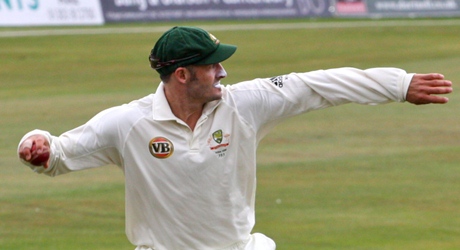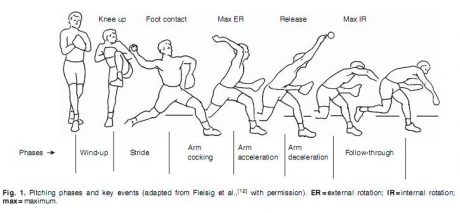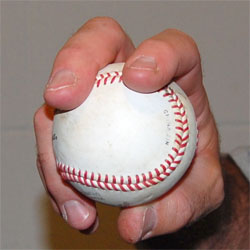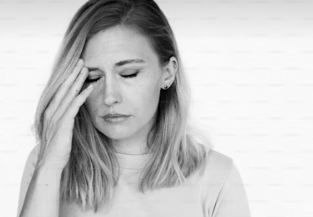Throwing, there is more to it than you think!
Published on
24 Jan 2020

Call us on: (03) 9975 4133
Pure physiotherapists Zoe and Sarah recently attended a sportsmap course on the ‘advanced rehabilitation of the sporting upper limb’. The presenters who were experts in the field included Bruce Rawson, who is the head physiotherapist of Baseball Australia.
Bruce presented on ‘The throwing shoulder and elbow’. Throwing is a key part of many sports including baseball, netball, basketball, cricket, waterpolo, which each require a slightly different technique. And for all of the Aus Open enthusiasts, the principles of throwing can also be applied to the tennis serve. 
The key points from Bruce’s presentation are summarised below.
- Throwing does not just occur at the arm, throwing requires movement and force generation throughout the whole body. The legs and trunk are where control and accuracy are developed, so be sure not to skip leg day!
- Throwing requires a delicate balance between mobility and stability. The throwers’ (or servers’) shoulder requires a large amount of external rotation mobility to get your arm up behind your head (cocking phase), but also enough stability to prevent shoulder subluxation or dislocation during the deceleration and follow through phases. The distraction forces on the shoulder as the ball is released are equal to your body weight, ie: a lot of force on a relatively small joint!
- Grip on the ball is important. The ideal grip is 2 fingers on top of the ball with your thumb below, as shown. This allows you to pronate your forearm (turn your thumb toward the ground) during deceleration and follow through, which helps to reduce the braking forces and overload on the shoulder.

- Just like running, load management is very important in throwers. Due to the high demands of throwing, Bruce believes that throwers must ‘earn the right’ to throw hard and often. To minimise your risk of injury, or rehabilitate from an existing injury, our Pure Physiotherapists can provide you with an individualised throwing program starting with shorter distances, and progressing by increasing throwing distance.
- Correct throwing technique is a complex skill, and it is important that when taking up a throwing sport, that attention is paid to the execution of the skill. Injured throwers or servers will usually display incorrect timing in the movement of each body segment (seen as a pause or reduced smoothness during the throw). The most common areas to be injured due to poor throwing technique are the shoulder and the elbow.
If you suspect that your throwing or tennis serve technique is suboptimal, have an existing injury from throwing, or are thinking of taking up a throwing sport, please get in touch with a Pure Physiotherapist who can provide you with individualised guidance regarding technique and exercises.


